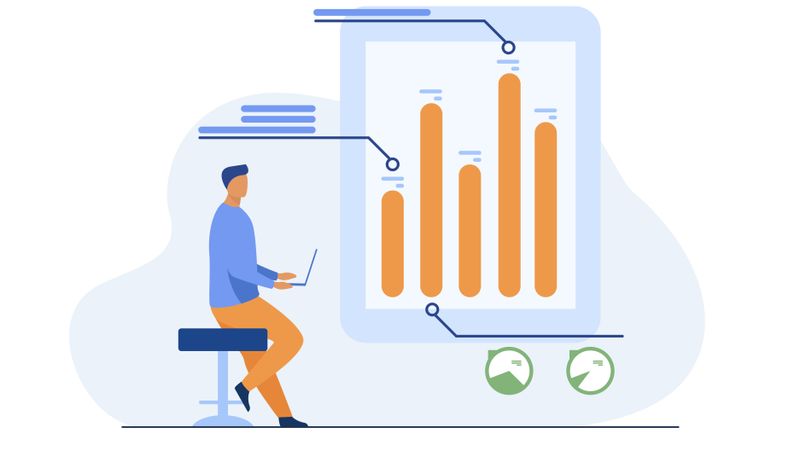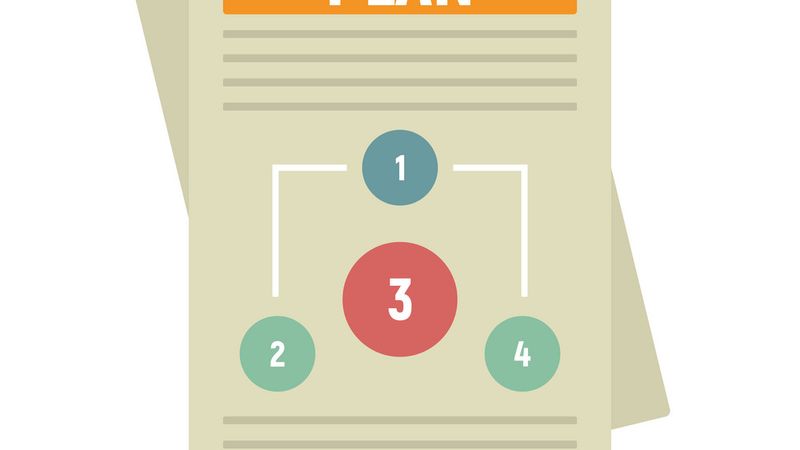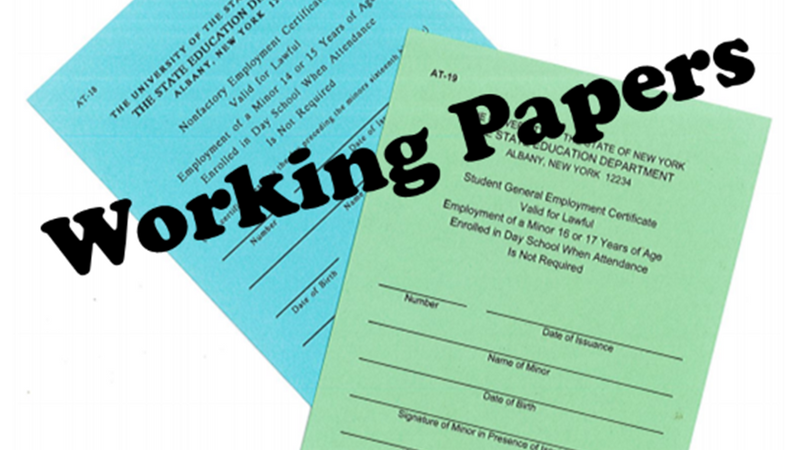
HIGH CONSERVATION VALUE RIVER ASSESSMENT - METHODOLOGY AND RESULTS
Publication Files
| Action | Filename | Original Name | Size | Mime Type | Action |
|---|---|---|---|---|---|
| Download | pub_1630243584596.pdf | 1002180 PAANI HCV Slide Deck FINAL.pdf | 18.2 MB | application/pdf | View Document |
| Download | pub_1630243390819.pdf | USAID Paani HCVR Report_final.pdf | 10.44 MB | application/pdf | View Document |
Publication Details
- Source
- Category
- Technical Reports
- Publisher
- USAID Paani Program
- Contributor
- WWF Nepal, WWF US
- Rights
- USAID Paani Program
- Language
- English
- Content
- A High Conservation Value River (HCVR) as defined within the Nepali context is a clean, highly connected or free flowing river or stretch that acts as a lifeline, maintaining ecosystem services for present and future generations, providing refuge and habitat for high levels of aquatic biodiversity, and supporting important socio-cultural values. This definition was developed and refined by Nepali experts. This is the first time that HCVRs have been identified and categorized in Nepal. The datasets and maps provide new insights into the location of high conservation value areas, both for individual indicators and for summarized levels of value. The high conservation value rivers assessment combines evaluations of the freshwater status (river and floodplain health) and freshwater values (ecosystem services) of the rivers of Nepal followed by an assessment of the representation of the diversity of all river types and regions in Nepal in the HCVR results. The evaluation of freshwater status includes two components related to river health: an assessment of river and floodplain connectivity and of water quality pressures on rivers and floodplains. Freshwater values include socio-cultural and environmental services of rivers of Nepal.






